Introduction - Me and the hills
Before the beginning
I was born in 1957, started school in 1962 and senior school in 1968. The only relevance of these dates is that when I was growing up school sports were cricket, rugby and when it was too wet to be on the rugby pitch, cross-country running (in rugby boots).
The only sports I was remotely good at were gymnastics and swimming but despite the school having an excellent gymnasium and swimming pool I can only remember using them a handful of times, if you weren’t being miserable on the rugby field you weren’t doing sport. There were no other options, outdoor pursuits in education didn’t exist and even if I’d got the opportunity to visit an Outward Bound Centre I’d probably have hated being organised and told what to do.
Until 1974 I was profoundly ignorant of the hills, then my geography class visited North Wales for practical experience of what we’d been studying. The highlight was walking up Cader Idris, to see at first hand its geology and the signs of mountain glaciation for which it’s famous.
Llyn Cau in its glacial bowl, below the crags of Craig Cau and Penygadair, the summit of Cader Idris.
Interesting as the lessons were, what fired my imagination and left a monumental impression was the mountain, Cader Idris itself, I loved the rough paths, steep rocky places and the almost never ending views.
Getting up and then down was the hardest and most exhilarating thing I’d ever done and the best place I’d ever been.
The Beginning
The Following year, 1975, after our ‘A’ levels a group of us went on a walking holiday to the Lake District.
I’d never forgotten Cader Idris but it had been a one off experience; the 1975 holiday in contrast was total immersion in the hills. It was a 10 day walking tour, starting and ending in Keswick and taking in Glenridding, Patterdale, St Sunday Crag, Grasmere, Windermere, Coniston and Blacksail. We were nervous of the big mountains and kept mainly to the high passes between the peaks but nevertheless we ventured over Helvellyn and St. Sunday Crag.
Everyone said they’d enjoyed themselves but for me the holiday had been a revelation. I couldn’t believe anywhere was as beautiful as the Lake District, not only beautiful, but open, they promised adventure and freedom. I was hooked.
St Sunday Crag, not a photo from 1975 and taken in mid winter not high summer but the mountains haven’t changed in the last 47 or so years.
A Great Adventure
After the 1975 holiday I knew I’d found a sport, and a hobby that would last for years, I also knew that I knew nothing about my new passion. The Lake District trip had proved that Doc Martin boots, jeans and an ex-army bergen rucksack whose iron ‘A’ frame dug into my kidneys at every step was not the way forward. I needed information and I needed kit.
I devoured a raft of books and magazines, particularly “The Backpackers Handbook”, which not only gave told me what gear I needed, everything from boots to stoves but inspired the choice of my first adventure, the Pennine Way.
Officially opened in 1965, everyone had heard of the Pennine Way but thought anyone who tried it was mad or doomed or both; but I thought it sounded exciting, an adventure.
Consequently, on the 14th July 1976 I set off from Edale to walk 270 miles to Kirk Yetholm along the ‘Spine of England’.
22 days and 270 miles later I finished, blistered and sunburn but inspired. Three weeks walking the Pennine Way had given me the time and opportunity to learn so much about walking (put one foot in front of the other) and backpacking (it’s heavy). Mountain navigation and map reading had gone from theories learnt to pass geography exams to a practical way of locating the correct path, campsite and pub.
The Next 40 Years
The Pennine Way was a kindergarten, an opportunity to learn skills and gain experience but it was only the beginning; over the next few years I walked the the Coast to Coast, Offa’s Dyke paths and began rock climbing, then British winter mountaineering before progressing to alpinism.
Many years after leaving school I met some friends and someone asked if I was still climbing mountains, “Yes”, I said, “and I’ve got quite good at it.”
A Long Cherished Ambition
Some time in the late 1970’s I read a book, ‘Journey Through Britain’ by John Hillaby, in it he chronicled his walk from Land’s End to John O’Groats in the mid 1960’s. Hillaby was of the opinion that he was one of the last people to walk so far, the modern age of the car and television meant that long distance walking was on the verge of extinction. How wrong he was.
Hillaby was writing not, as he thought, at the end of an era but at the dawn of a new one, one where people began, in increasing numbers, to go walking for pleasure. Alfred Wainwright completed the last of his seminal guides to the English Lake District in 1963, the definitive guide to the Pennine Way in 1965 and devised his ‘Coast to Coast Route’ in 1972; these and other works inspired and guided tens, possibly hundreds of thousands.
In 2020, I retired due to the my employers wanting to make Covid related job savings and I suddenly had the time to walk the length of the country but no access to it. Consequently, for 18 months I bided my time and made plans.
Now, in March 2022 the plans are finished, the restrictions are lifted and I’m ready to set out.
About this Blog - LEJOG and after
I started this website and blog to record my walk from Land’s End to John O’Groats (LEJOG).
Once I’d finished that walk it languished for a years as I didn’t have any projects I was interested in and couldn’t be bothered with this website of blog.
Then in 2024 I re-read Robert Louise Stevenson’s book, ‘Travels with a Donkey’, a book I’d first read decades previously, and which I’d forgotten about, the re-reading inspired me again, I was ready for a new adventure and set off again, this time with out Sandra’s support. The second set of Blog posts covers this walk, along the GR70, ‘The Chemin de Stevenson.’.
The GR70 was enjoyable, but suffered a bit from being rather easy for the first few days and unseasonably wet. Consequently I set my sights on something a bit harder and what I hoped would be through a region with better weather.
The third section of the blog covers this adventure, a walk along the GR367, the Cathar Way from the Mediterranean coast near Narbonne to Foix, following the footsteps of the Cathar heretics through the eastern foothills of the Pyrenees. This proved to be as spectacular as I’d hoped but also considerably more challenging and wetter than I’d anticipated.
THE BLOG POSTS
Land’s End to John O’ Groats
GR 70 - The Stevenson Trail
GR 369 - The Cathar Way

Last Days and Final Castles
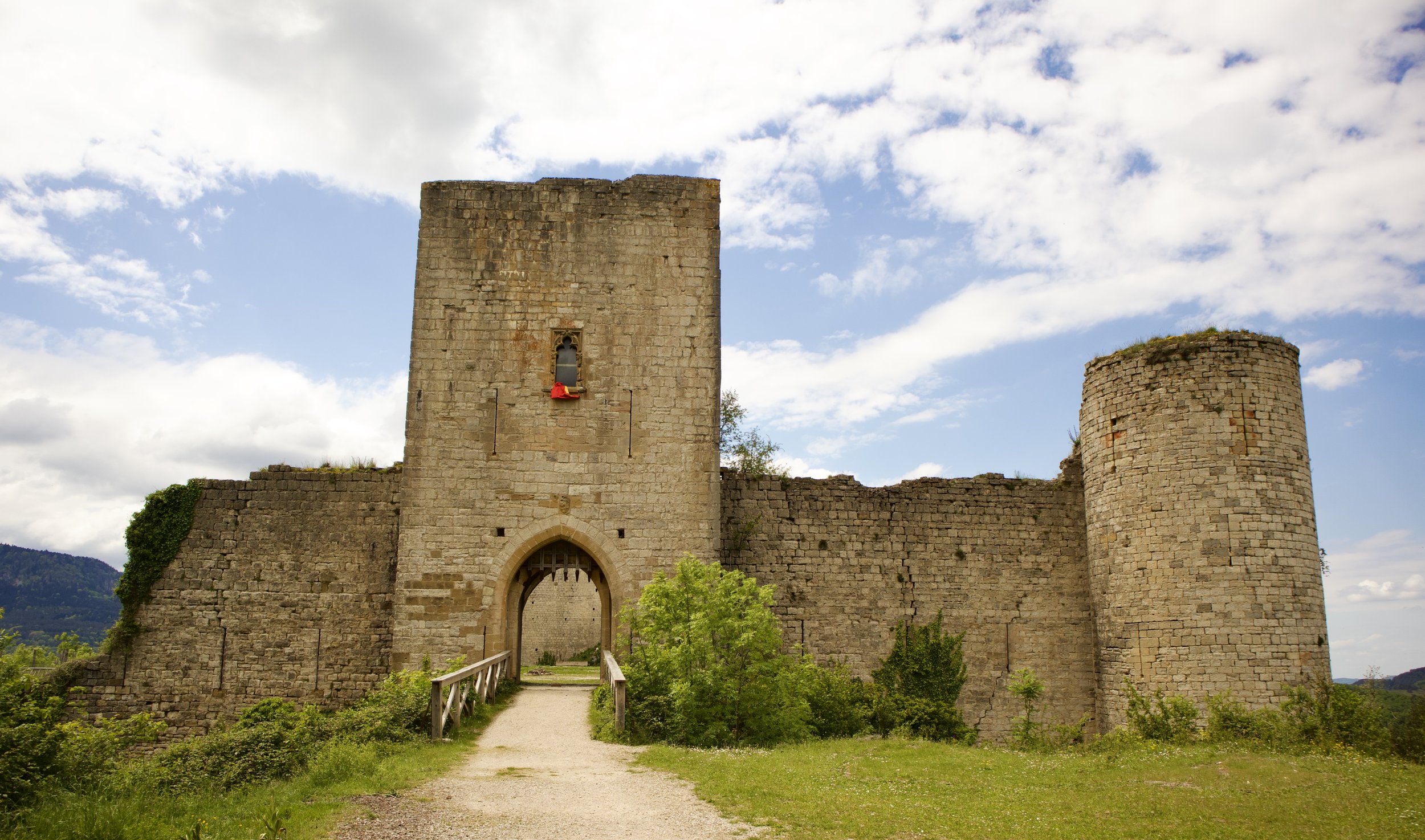
The heart of the Sentier Cathar
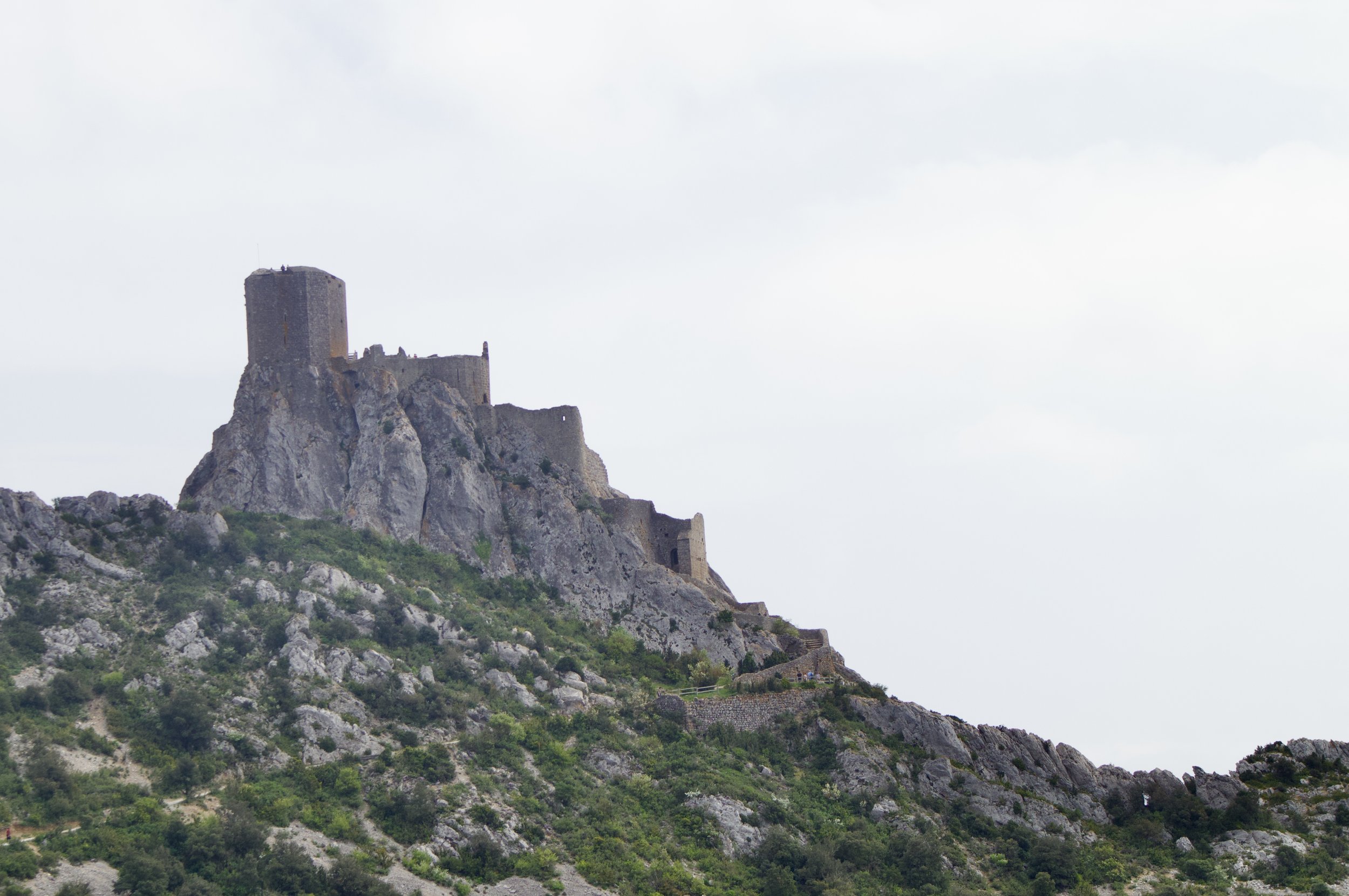
Mountains and Castles
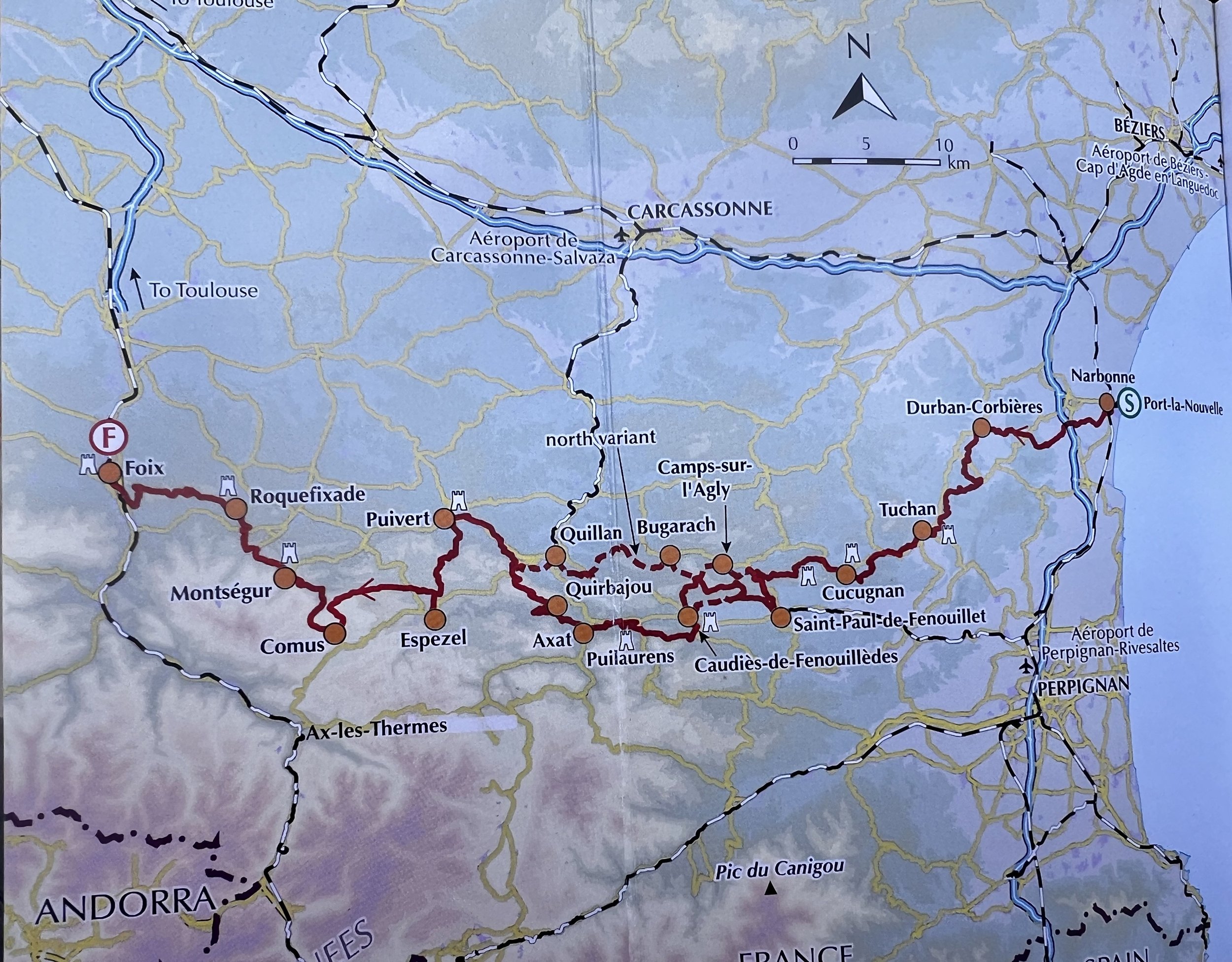
The Cathar Way - 2025 Another Year, Another Adventure.
The Final Four Days
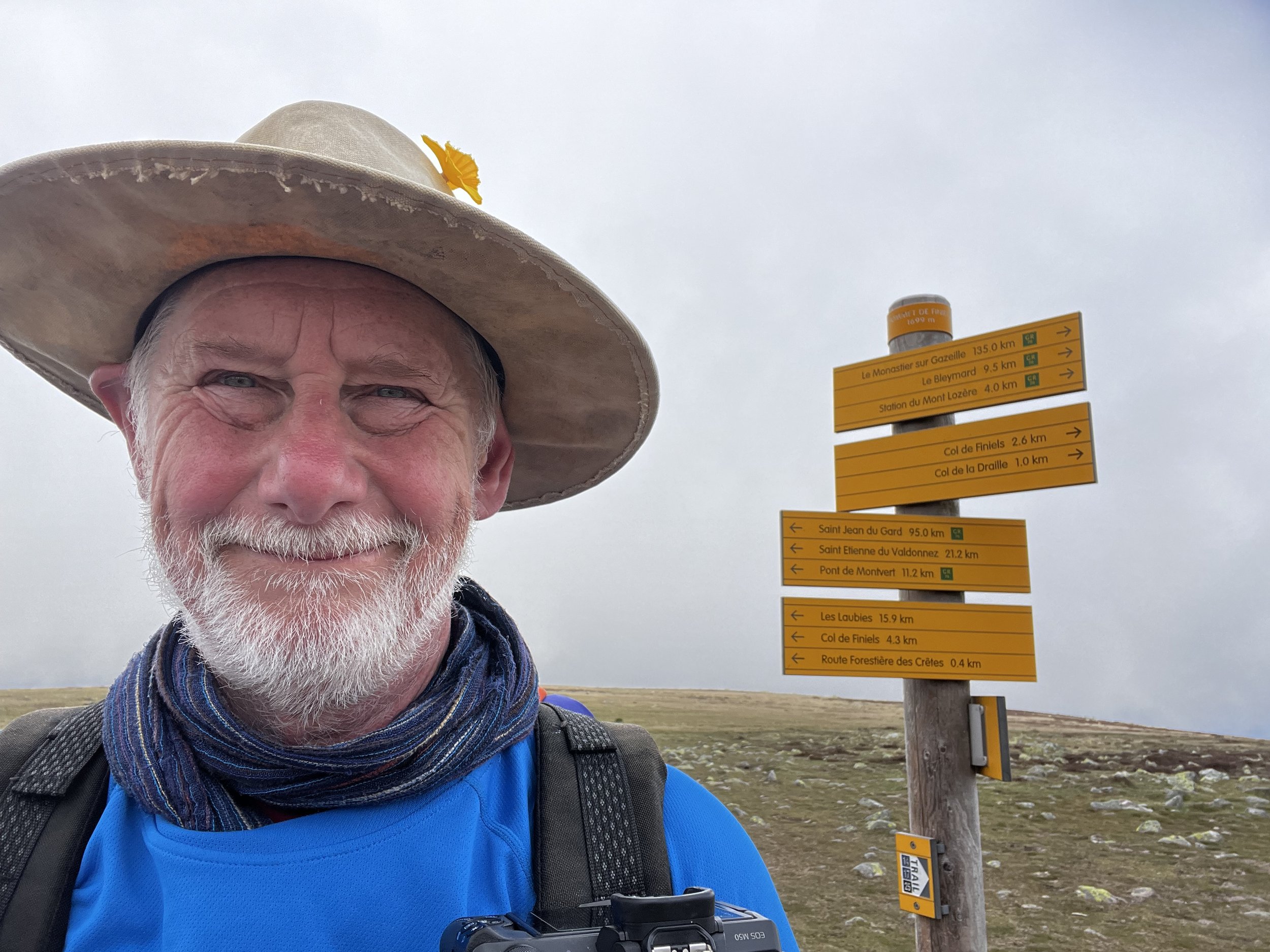
The Best Day, The Worst Day
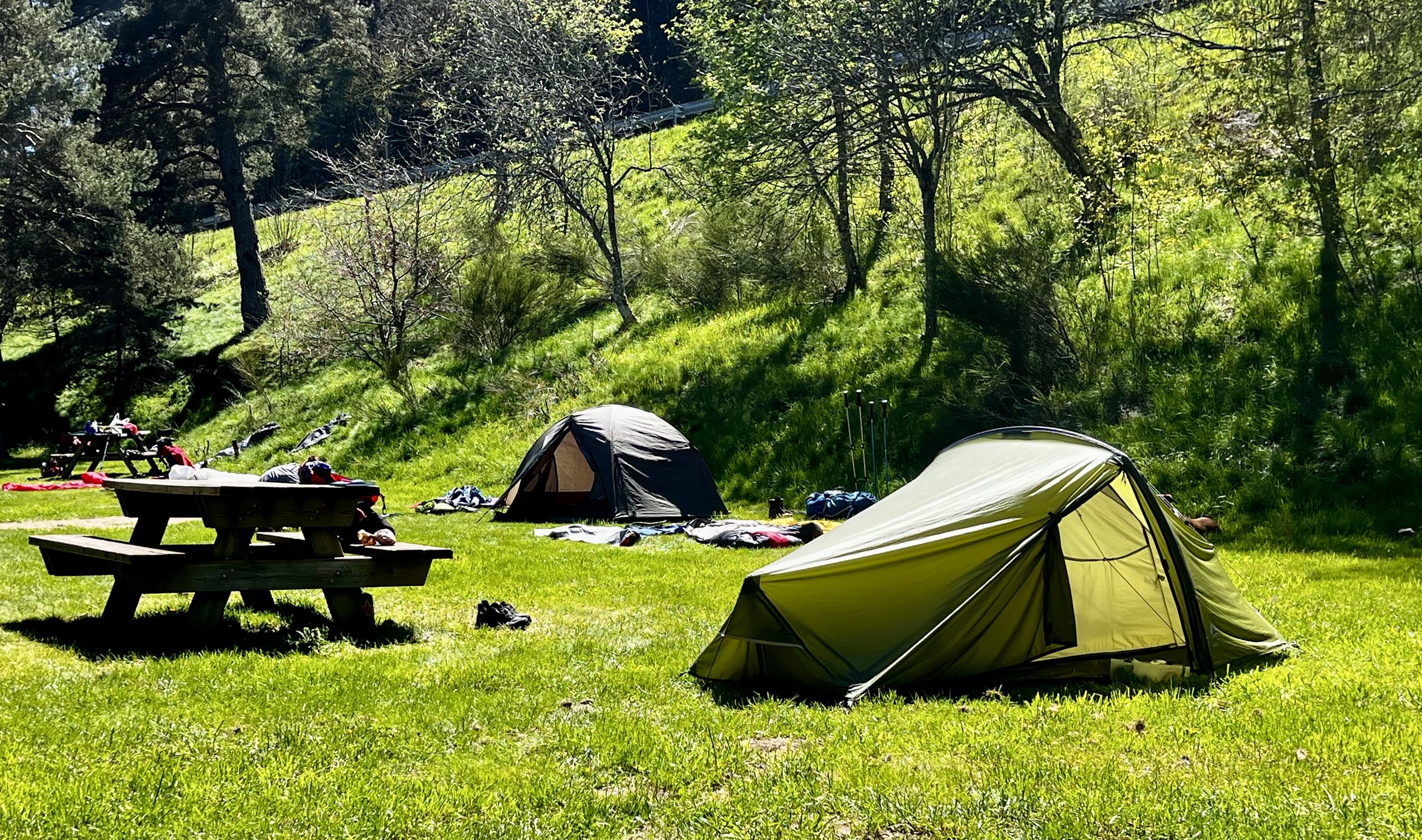
Easy Days and Blisters
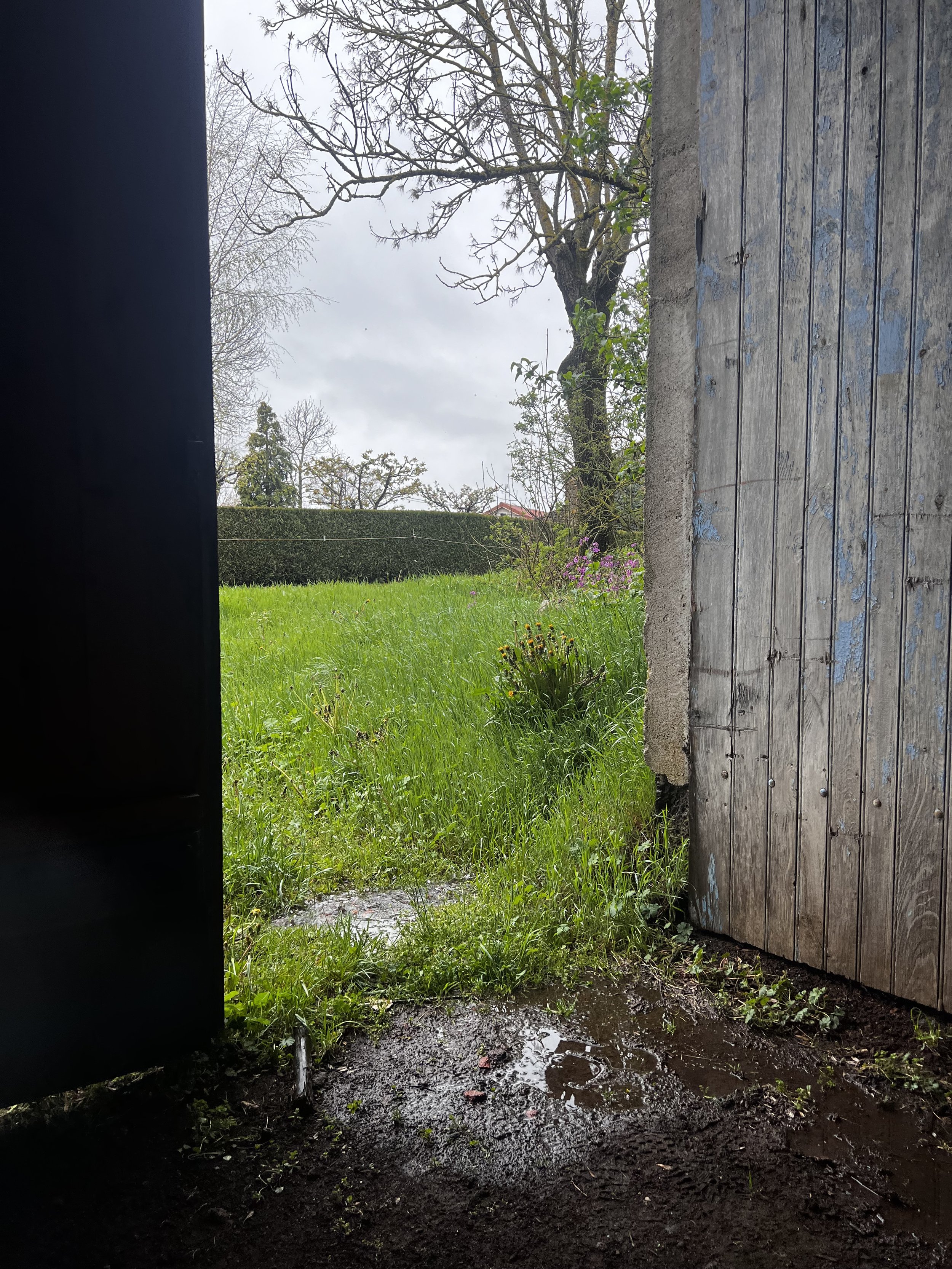
Improving Accommodation
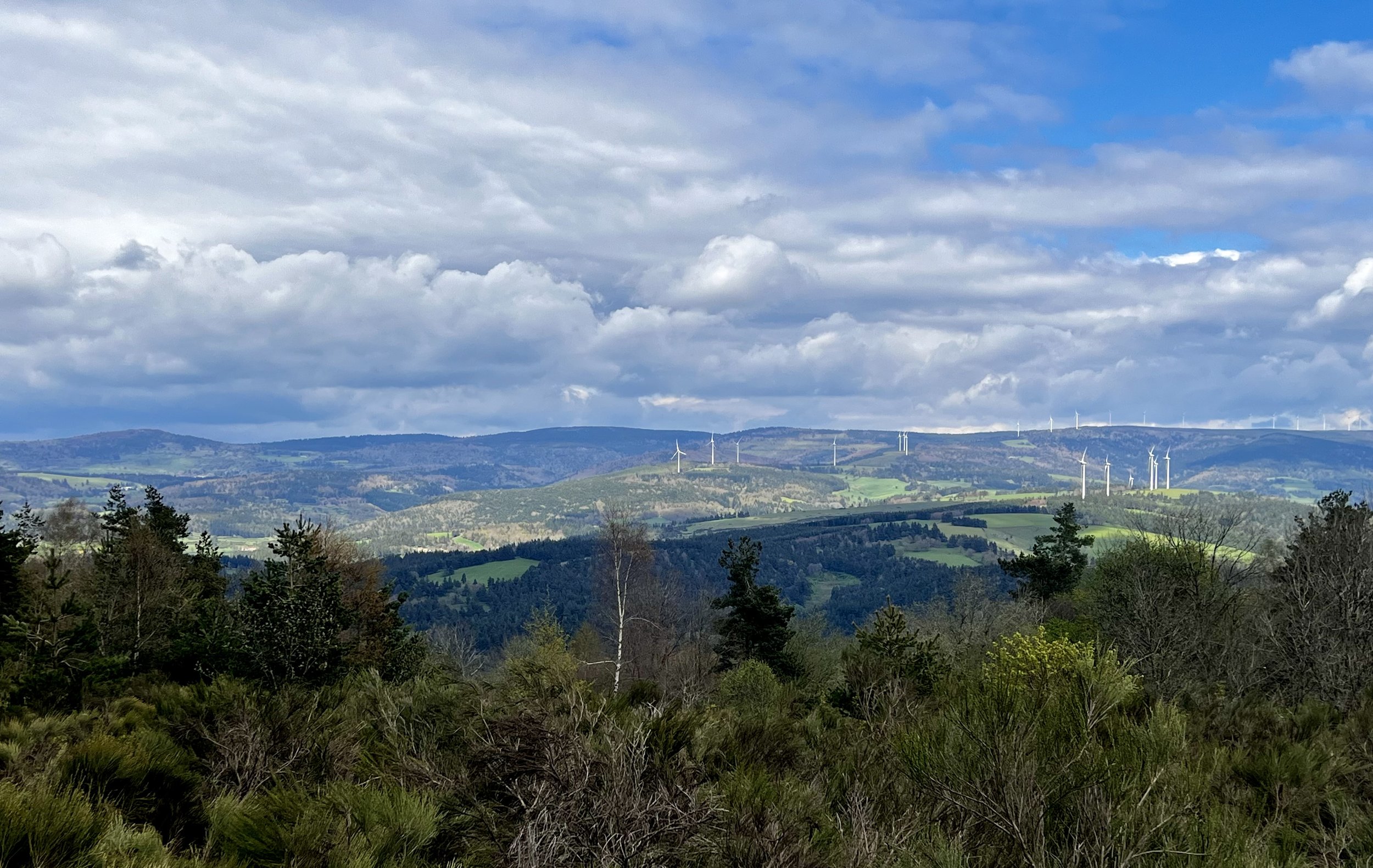
Improving Weather and Increasing Miles
Improving weather as I walk south.
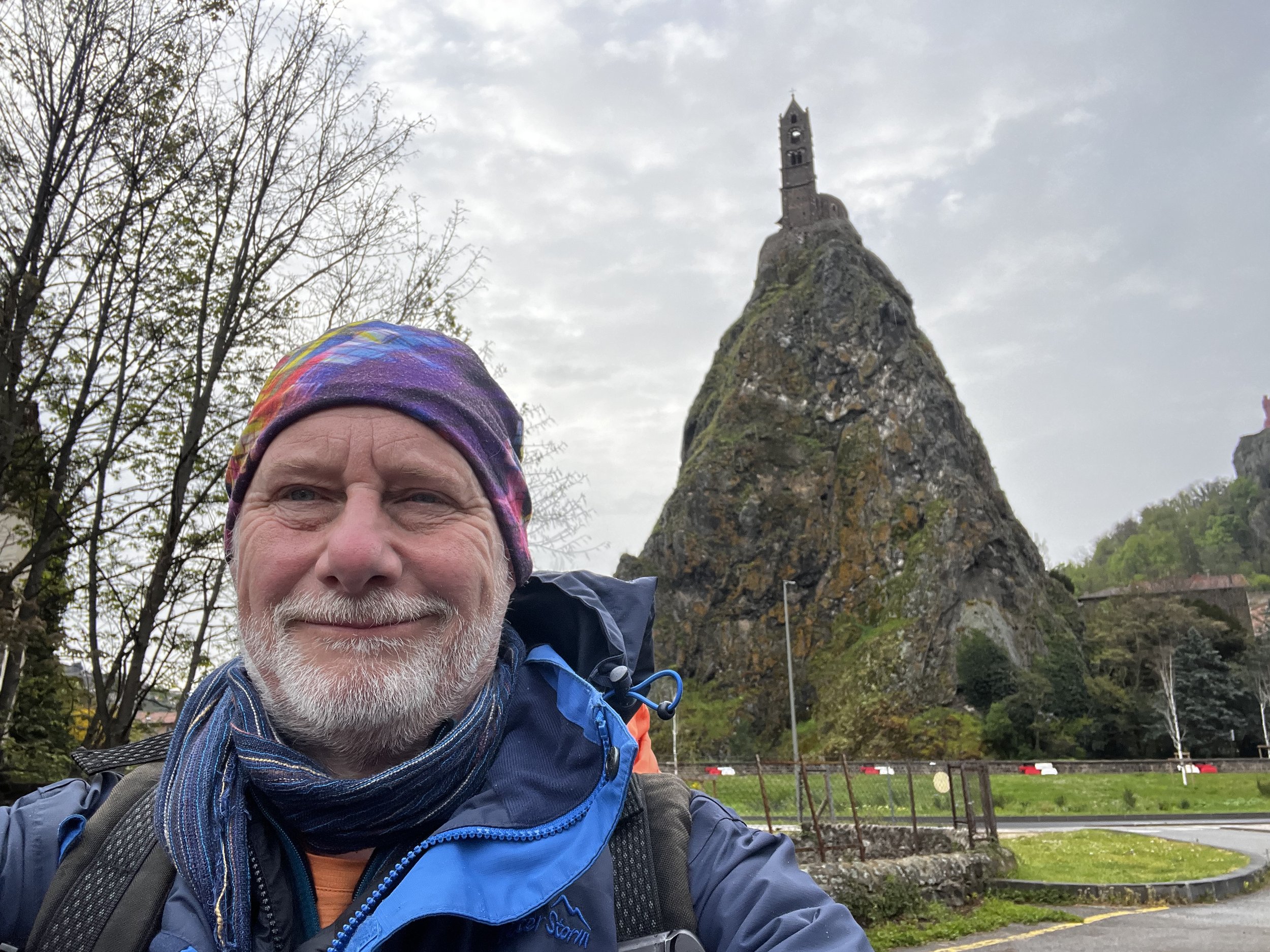
The Start at Last

On the way
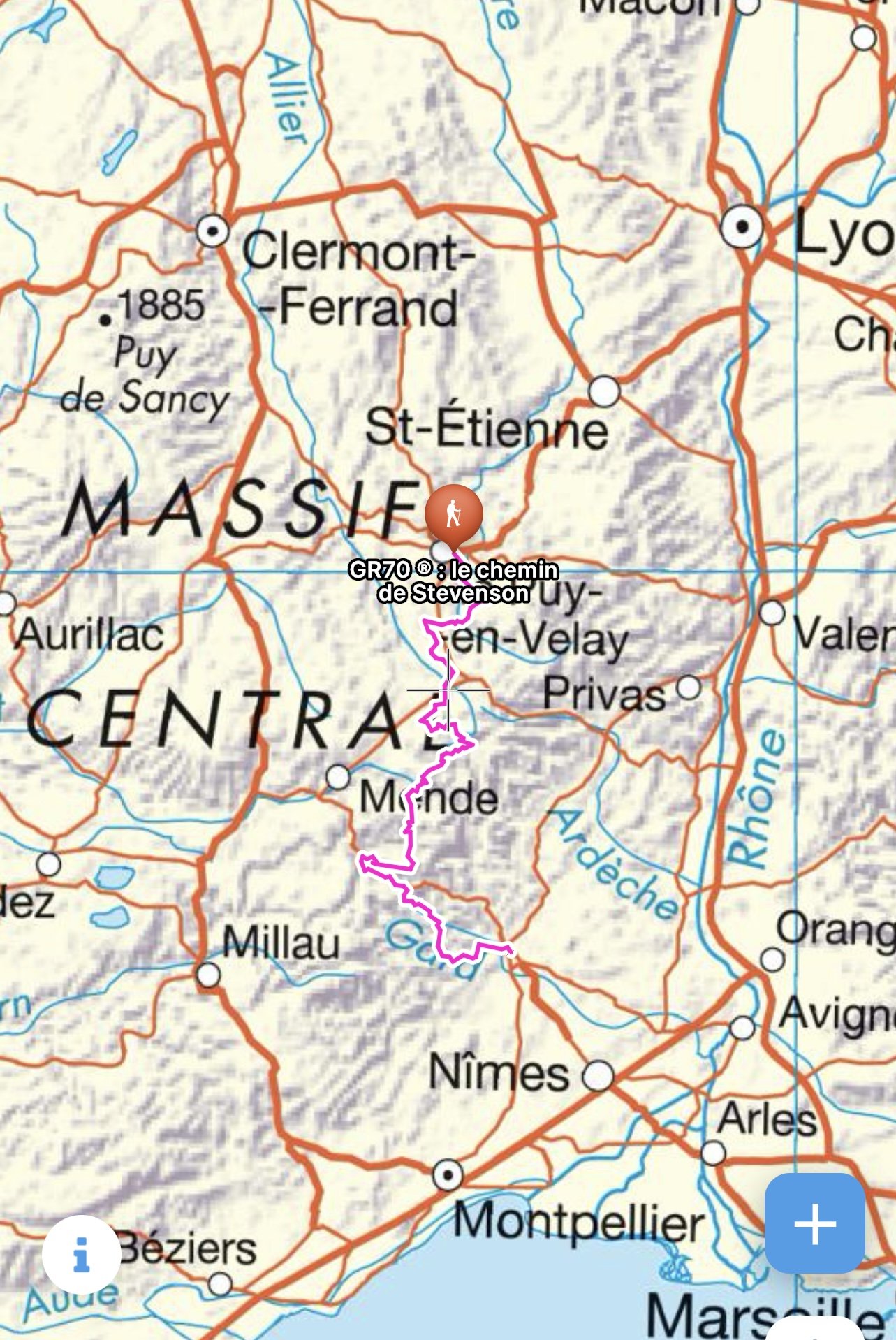
Travels Without a Donkey
A New Adventure for 2024

In Conclusion

All Good Things Come to an End

Week 15 and a Bit - To Inverness and Beyond!

Week 14 – Culicoides impunctatus – Welcome to the Highlands

Week 13 - I’ll take the flat road

WEEK 12 - Northumberland and the Borders

Week 11 - High Pennines to Hadrian’s Wall



